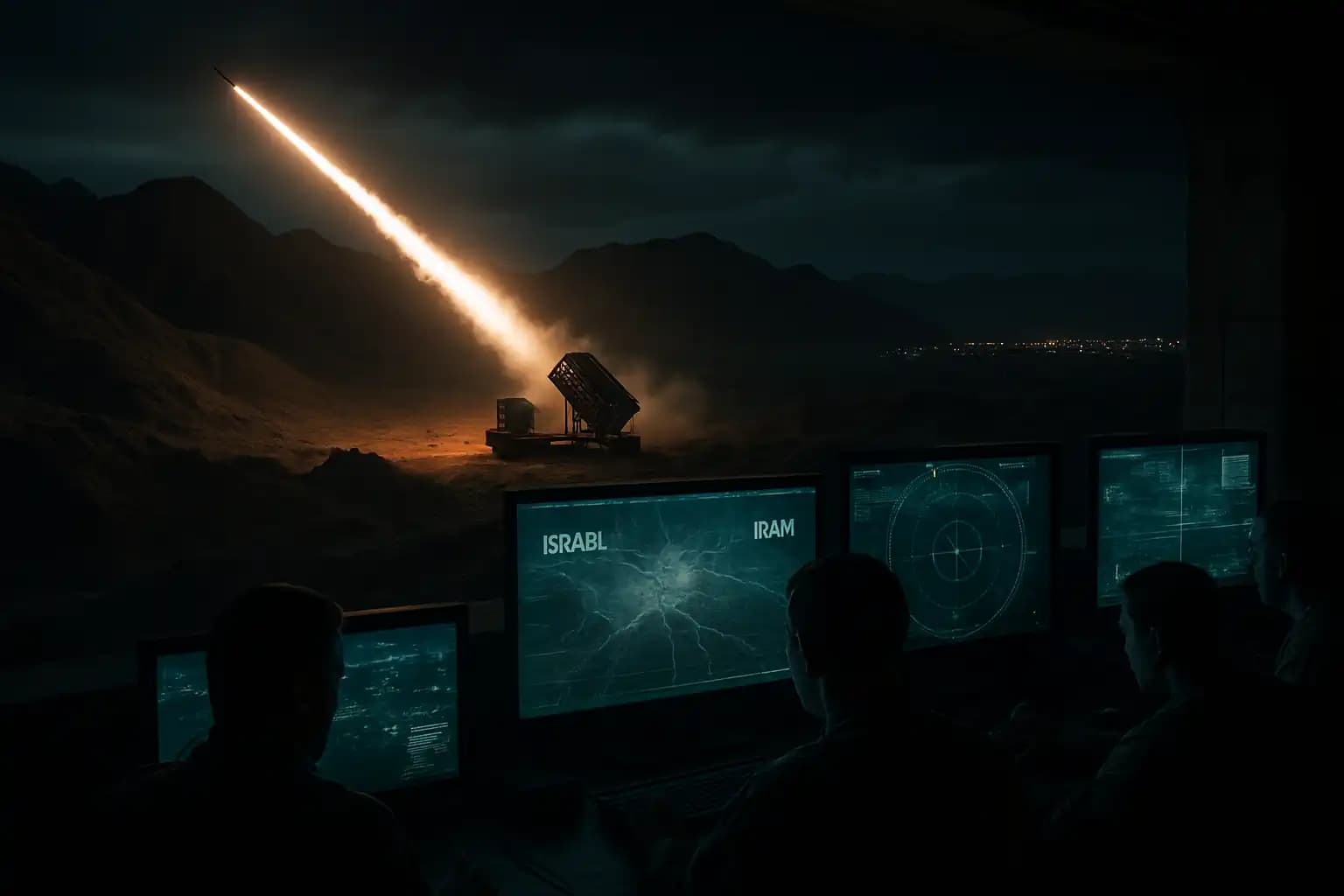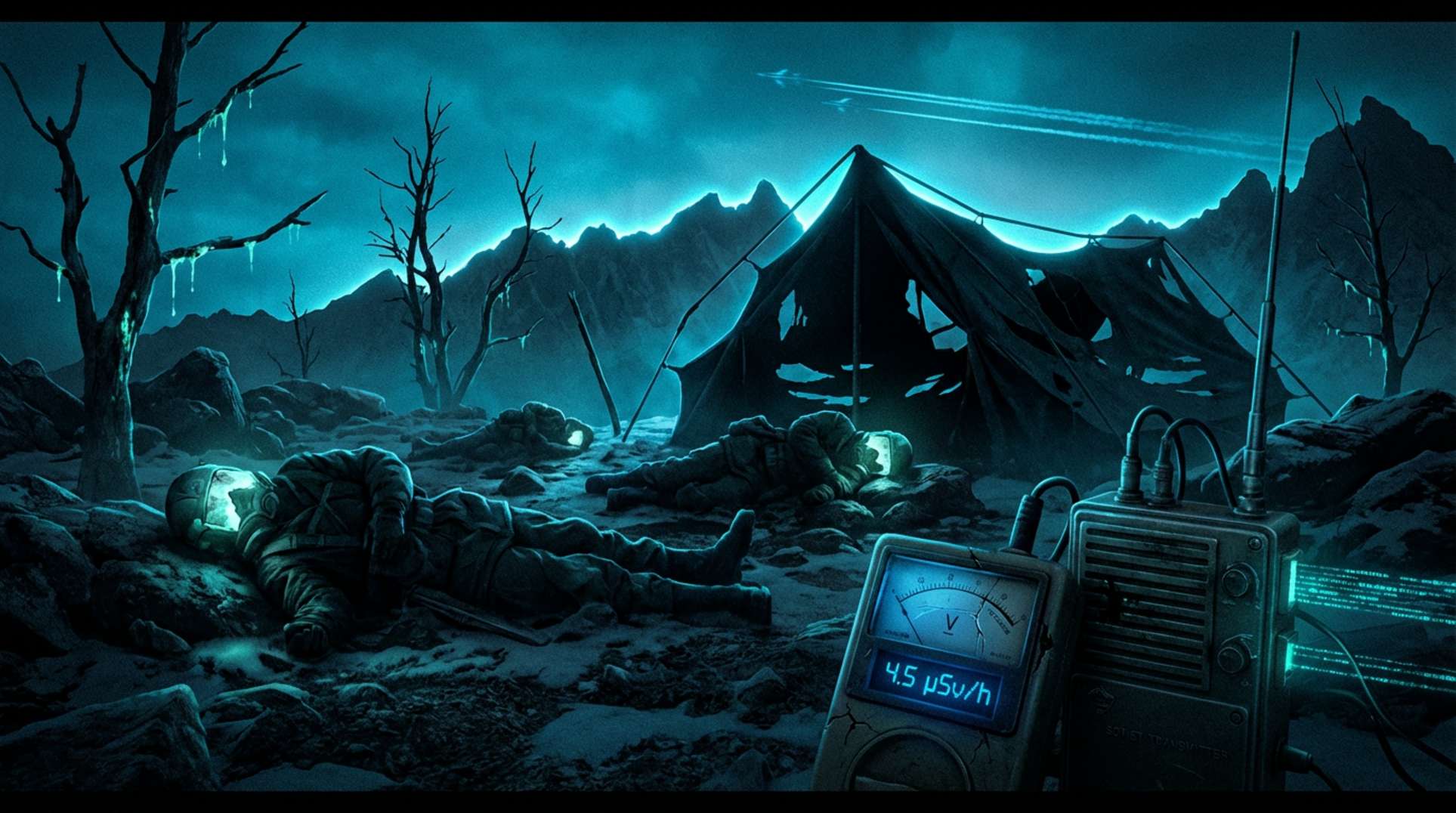The uneasy calm following the June 2025 Twelve-Day War between Iran and Israel may simply be the eye of a regional hurricane. Both governments, driven by rising hardline sentiments and empowered by new military technologies, are rearming and adjusting strategies. Analysts warn that this situation could create the most dangerous period yet for the Middle East. If the fragile pause collapses, consequences will spread beyond the region, potentially triggering new alliances and involving global powers, as ISS Europe details in their latest report.
Twelve Days That Redefined the Iran–Israel Conflict
The June 2025 conflict, dubbed the “Twelve-Day War,” marked a pivotal moment in the ongoing Iran–Israel proxy conflict. Both sides launched direct, large-scale strikes for the first time, with Israel infiltrating deep into Iranian territory, shattering old taboos. The ensuing informal ceasefire was more a pause than a resolution. The European Union Institute for Security Studies states that no formal truce or de-escalation hotline has emerged, keeping risks of escalation alarmingly high. Both powers remain on hair-trigger alert. Analysts caution that the next incident—whether intentional or accidental—could trigger a broader regional war. This risk receives further analysis in a strategic deep dive, which examines current vulnerabilities.
The power vacuum in the region worsens amid a tangled web of proxy militias and hesitant allies, leaving diplomacy precariously balanced. This situation is explored in a battlefield escalation analysis.
Iran’s Rearmament: Missiles, Drones, and the Race to Regroup
In the aftermath, Iran has rapidly expanded its missile and drone arsenals, seeking deterrence and flexibility for future exchanges. A Middle East Council report highlights how April 2024’s missile and drone barrage against Israel revealed Iran’s shift toward asymmetric capabilities in response to Israel’s air dominance. While Israeli and U.S. strikes damaged parts of Iran’s missile infrastructure, the Islamic Republic quickly replenishes stocks through domestic production and iterates on drone technology, making it challenging for foreign intelligence to predict new swarm formations or attacks.
The rapid pace of innovation mirrors technology arms races across global contexts—from AI to rocketry. This unsettling dynamic is evident in launch platform competitions and AI-driven defense breakthroughs. The steady improvement and export of drone systems remain especially disruptive, as a recent assessment of combat drone strategy details.
Israel’s Escalation Scenarios and Strategic Doctrine
Israel’s doctrine has shifted from reactive containment to a proactive, preemptive stance. According to recent PBS analysis, Israeli planners now consider not only retaliation against Iranian strikes but also deeper, potentially regime-altering attacks targeting military, nuclear, and oil infrastructure. Concerns over Iran’s missile stockpiles influence this calculus, with estimates possibly reaching 8,000 within two years. Israeli leaders have openly threatened strikes if Iran rebuilds its missile or nuclear programs, making escalation likely in response to any status quo violations.
Field reporting on air defense and new offensive tactics, such as electromagnetic weapons development and expansion of space-based surveillance capabilities, illustrates just how volatile and high-stakes this technical arms race has become.
The Wider Region: Triggers, Diplomacy, and the Nuclear Factor
Numerous trigger points exist: Israeli strikes on Iranian nuclear or oil infrastructure, Iranian missile attacks on Israeli cities, or proxy conflicts igniting along the broader Axis of Resistance. Any of these dynamics could create a cascading effect beyond bilateral hostilities. Multinational actors, including the US and Europe, scramble to mediate and contain the crisis, as examined in recent investigative reporting on secret diplomacy efforts. The nuclear question looms, intensifying these fears: with Iran’s nuclear program targeted and new intelligence suggesting a stockpile increase, any breakdown of the informal truce raises the risk of open regional war, or even first use.
What does this mean for the world? The next phase of the Iran–Israel conflict will set precedents for crisis management, weapons innovation, and great power competition in the 2020s. Without urgent coordination and political will, analysts warn, the window for a peaceful resolution may close at any moment. For ongoing analysis, visit Unexplained.co—where shadow conflicts and open warfare receive the scrutiny they demand.




